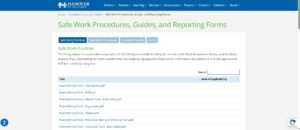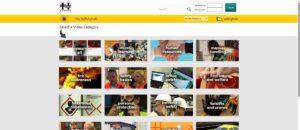We acknowledge the traditional territory upon which the schools of Hanover School Division reside as the lands of Treaty 1 territory and the homeland of the Métis people. The Hanover School Division operates on the traditional lands of the Anishinaabe. In the spirit of truth, reconciliation, and collaboration, we honour our relationship with Indigenous Peoples and respect the contributions of history, culture, and language of Canada’s original peoples.
For further information on Manitoba Numbered Treaties, visit the Treaty Relations Commission of Manitoba.


